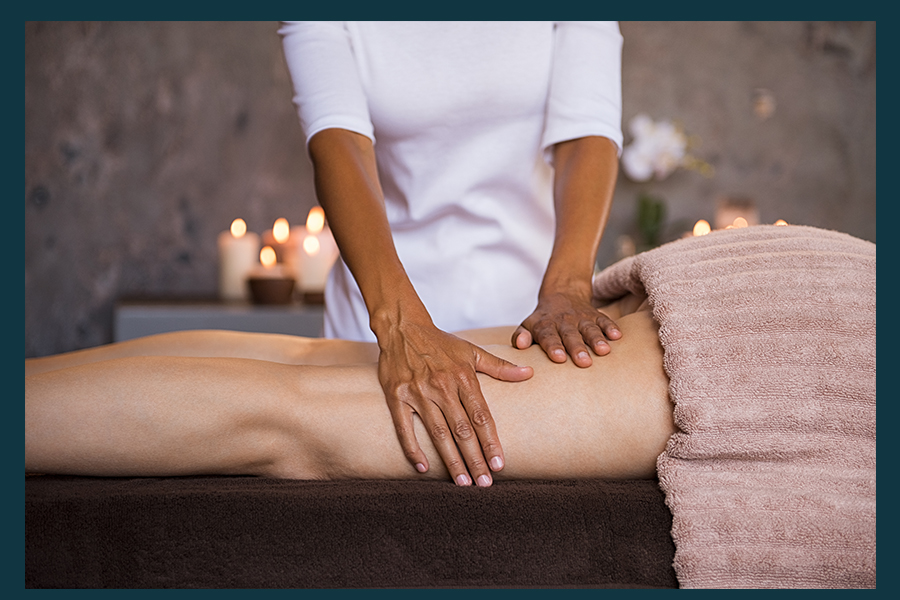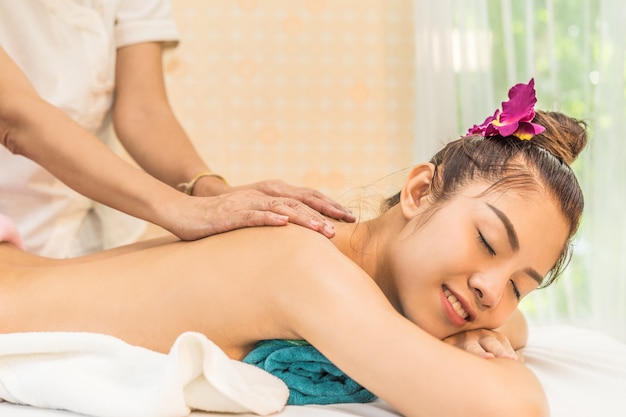Best Advice For Deciding On A Business Trip Massage
Wiki Article
What Are The Benefits Of Massages To Busy Professionals?
Massage therapy has many advantages to professionals working full-time, who may often be under stress or experience discomfort from their work. Here are some potential benefits of massage therapy for professionals who are busy Massage for Stress Relief can reduce stress and promote relaxation that can boost emotional and mental well-being. This could lead to improved productivity, better decision-making and a better overall performance at work.
Relief from pain - Sitting for long hours at a computer, working for long periods or carrying heavy baggage or equipment all can contribute to discomfort and pain. Massage is a great way to relieve tension in muscles and reduce the pain.
Improved circulation- Massage can stimulate circulation, which can help reduce swelling, improve the flow of oxygen and nutrients to the muscles and promote overall health and well-being.
Increased immunityStress levels affect the immune system and make individuals more prone to infections and illnesses. Massage therapy has been proven to boost the immune system by increasing the production of white blood cells which can help to fight against disease and infection.
The demands of working can make it difficult for many professionals to get enough rest. Massage can help promote relaxation as well as improve sleep quality. It can improve energy level and overall health.
Overall, massage therapy offers numerous benefits for professionals who work. It helps them manage their stress, relieves discomfort and improves overall health. It's best to speak with an expert in medical care prior to taking any massage therapy. This is especially crucial if you are suffering from any medical condition that you have previously experienced. Check out the recommended 홈타이 for website recommendations.

How Can A Massage Help Improve Circulation?
Massages for business trips can improve circulation. Here are some methods that massages help improve circulation.
Vasodilation. Massage can dilate blood vessels, and help improve circulation.
Massage can stimulate the lymphatic system and helps reduce swelling by improving circulation.
Relaxation- A massage can relax muscles and improve circulation through a reduction of tension.
The type of massage used on a trip for business will depend on the needs and preferences of every client. People with poor circulation may benefit from Swedish massages, or lymphatic drainage. On the other hand, those with high blood pressure could prefer a gentler massage to help relax. The massage therapist will assist the client in determining how to adapt the massage to meet their individual needs and make sure that they feel comfortable and relaxed throughout the entire session.

What Are The Pros And Con Of Oil Massage Versus Dry Massage?
Both dry and oil massages have their own advantages. These are the pros and cons of dry and oil massages:
Pros-
It can be more stimulating and energizing than oil massage because the friction between the therapist's tools or hands with the skin improves blood flow.
It doesn't leave any greasy residue, so it's a great alternative for those who don't want to feel dry or oily after an exfoliation.
Oils are an excellent option for those who have sensitive or irritating skin.
Cons-
For some, it may be more stressful because the pressure and friction can be extremely intense.
It can be painful for those who have sensitive skin or injuries.
Can be less glidey or smooth than oil massage. Therapists might encounter difficulties working on certain areas.
Oil massage-
Pros-
The therapist's hands can glide effortlessly over the skin with oil.
It can hydrate skin and nourish it, especially when you use high-quality oils.
Because the oil creates an even and comfortable surface for hands to move over, it can be easier to work on specific areas.
Cons-
Some people may find it uncomfortable because the product can be greasy or leave a traces of oil on their skin.
Certain oils may cause irritation or acne on skin that is sensitive.
May not be as stimulating or invigorating as a dry massage because the therapist's hands glide more smoothly across the skin.
The decision to choose between dry and oil-based massages is largely based on individual preferences and preferences. Others may prefer oil massage due to its soothing and relaxing effects. Communication is key to ensuring that your massage therapist provides the right type of massage to meet your requirements.

What Kinds Of Massages Are The Most Sought-After For Business Trips, And Why?
Different types of massage are popular among busy professionals. Swedish massage is the most common type of massage both for personal and business reasons. It's a long smooth stroke, utilizing kneading and circular movements. Swedish massage is known for its ability to induce relaxation, reduce anxiety and stress, as well as improve circulation.
Deep tissue massage - Deep muscle massage can be achieved using firm pressure and using gentle strokes. This helps to reach the muscles and fascias that are deeper. It is a great way to treat chronic muscle pain and improve posture.
Massage in the chair. This kind of massage can be performed by the person who is covered, seated, and sitting in a specially-designed chair. The majority of massages focused on the shoulders, neck back, and arms and is effective in relieving tension and increasing range of motion.
Massage for sports- A sports massage is a kind of massage geared toward those who are athletes or have an active life style. It can improve the flexibility of muscles, ease soreness in muscles and aid in preventing injury.
Thai massage is a form of massage. Thai massage consists of a combination of deep and stretching massage techniques. It can help increase the flexibility, flow of energy, and balance. The massage is done with the client fully clothed on a mat.
The most popular massages for business tend to reduce stress and tension and increase circulation. They also help to relax. Massages are also able to be selected based on an individual's goals requirements, preferences and needs.
